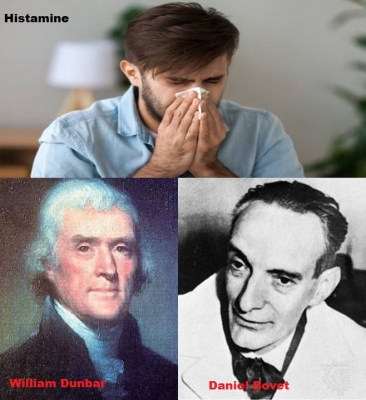
Most of us know someone who is allergic to something. This is the person who sneezes continually, or breaks out in a rash, or cannot eat a particular kind of food. These allergies may be caused by various factors and are usually classified as seasonal allergies, food allergies, drug allergies, insect allergies, pet allergies and substance allergies.
One of the most common seasonal allergies is pollen allergy, also called “hay fever”. Leonardo Botallo, an Italian surgeon was the first to describe hay fever in 1565. He called it ‘rose cold’ as the patient he was treating complained that roses made his nose itch and gave him a headache. In 1903, an American doctor William Dunbar working in Germany proved that it was not pollen that caused the sneezing, but a toxin released by the body to try and get rid of the pollen. He attempted to produce an antitoxin, but was unsuccessful.
In 1910, an English physiologist and Nobel laureate Henry Hallett Dale identified this substance as ‘histamine’. In 1937, an Italian pharmacologist, Daniel Bovet discovered antihistamines which block histamine and control allergies. He was awarded the Nobel Prize in 1957 for his research. Today, classes of drugs called antihistamines are commonly used to treat the symptoms of allergic reactions.
Picture Credit : Google




